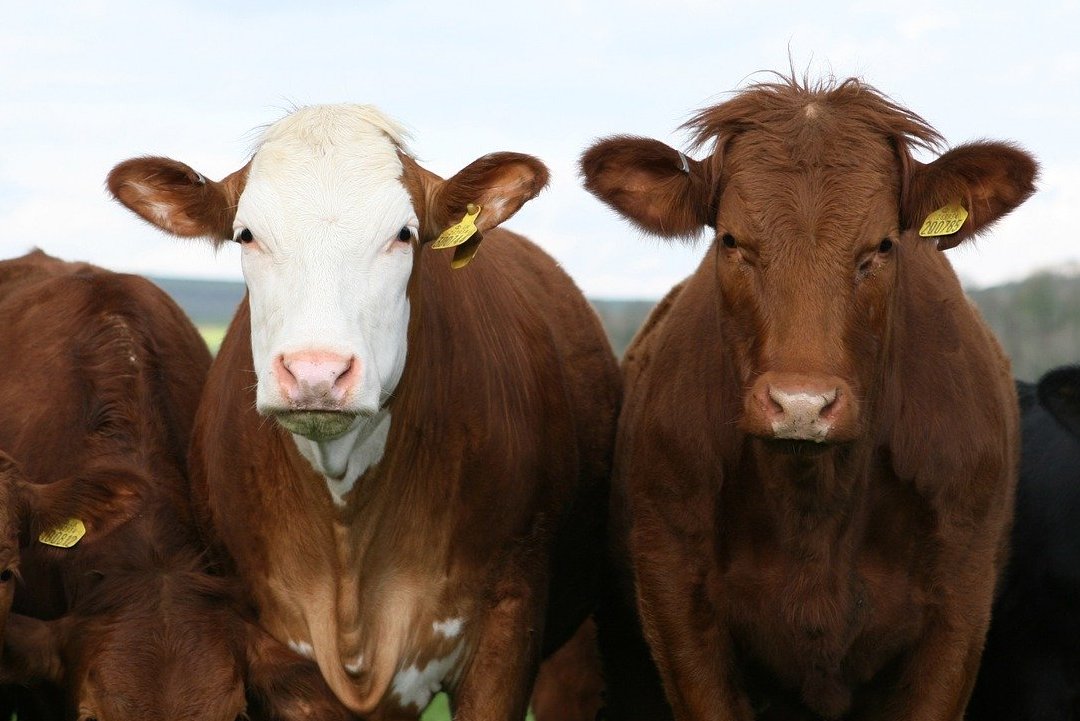Anders Gilliand was just 17 years old when he started to lose contact with reality.
“He thought that there were higher beings that were communicating with him to tell him what to do or who he was,” said his mother, Kristin Gilliand, who lives in Nashville.
Her son, who had been using marijuana since he was 14 years old, was diagnosed with schizophrenia, a chronic psychiatric disorder that can include symptoms like delusions, hallucinations and disorganized speech.
He started taking anti-psychotic medication but ultimately stopped because of the side effects he experienced. To try and quell the voices in his head, he began using heroin and died of an accidental drug overdose in 2019 when he was 22.
“If he had never started using cannabis, he might still be here,” said Gilliand, a neuroscientist at Vanderbilt University. While there is a family history of schizophrenia, she believes that her son’s marijuana use led to psychotic episodes and triggered the condition.
Anders was among a growing number of young adults, particularly men, who are at increased risk of developing psychosis from marijuana use. Evidence from separate Danish and British studies, among others, suggest a link between heavy marijuana use and psychiatric disorders such as depression, bipolar disorder and schizophrenia. Researchers believe that high levels of THC — the psychoactive component in the cannabis plant that causes the high — could set off these conditions in people who have a genetic risk. THC levels in marijuana have been getting stronger for decades.
“We’re definitely seeing a rise in cannabis-induced psychosis among teenagers,” said child psychiatrist Dr. Christian Thurstone, an addiction specialist at the University of Colorado School of Medicine in Denver.
The more potent the cannabis products, the more likely users are to have adverse effects, said Nora Volkow, director of the National Institute on Drug Abuse.
“Those who consume the highest doses are the ones that are going to have the highest risk of becoming psychotic,” she said.
There’s limited research on adverse effects of high levels of THC, although a European study published in 2020 found that high-potency cannabis products carried a greater risk of hallucinations and delusions compared with lower potency types.
“It seems like there’s an association between cannabis strength and increased risk for psychosis but more work needs to be done there,” said Ziva Cooper, director of the center for cannabis and cannabinoids at UCLA.
As many as half of people with cannabis-induced psychosis may go on to develop either schizophrenia or bipolar disorder, research suggests.
Young adults and teenagers should be especially concerned, Thurstone said
“The studies that we have so far clearly indicate that the risk for psychosis is dose dependent, meaning that the more marijuana somebody’s exposed to especially in adolescence, the greater the risk of developing psychosis, schizophrenia and severe mental illness,” he said.
Another issue with higher strength products is the potential for developing cannabis use disorder, or an addiction to marijuana. When people are exposed frequently to higher strengths of cannabis, they may be more likely to develop cannabis use disorder, although further research is still needed to say definitively.
“There’s no longer any scientific debate that marijuana can not just be psychologically addictive or habit forming, but also physically habit forming,” Thurstone said. “It’s a substance that produces tolerance so people have to use more and more to have the same effect.”
About 1 in 10 people who begin using cannabis will become addicted, according to the Centers for Disease Control.
Marijuana overactivates molecules in our brain known as cannabinoid receptors, which cause the high. When these brain receptors are stimulated, it can cause difficulty with thinking and problem-solving, as well as impaired memory.
How marijuana use may trigger psychosis isn’t fully understood, although scientists believe it’s interfering with our brains ability to distinguish between what’s going on in our heads versus the real world.
“Marijuana in the 60s, 70s, 80s and early 90s was about 2% to 3% THC,” said Thurstone, who has tracked the rise of high-potency THC products in smoke shops and dispensaries. “Nowadays, with the commercialized products, they are routinely 20 plus percent — so about 10 times more potent.”
Patrick Johnson, assistant store manager at Frost Exotic dispensary in Colorado, has been in the cannabis industry since 2009 and has seen the potency rise firsthand. Johnson said THC levels really started to take off after marijuana became legal for recreational use in Colorado in 2014.
Since then, 24 states, two territories and Washington, D.C. have legalized marijuana for medical and recreational use.
With more people around the country using weed legally, there’s been greater consumer demand for more powerful weed, experts say.
“After recreational [legalization] is when I have personally seen it go from like 19 or 20% up to like 30 or 35%,” Johnson said.
Currently in his shop they carry strains as low as 14% up to 30%. Most customers have a preference for the strong stuff, Johnson said.
One reason that potency has been getting stronger over the years in cannabis products is because customers may build a tolerance to the drug, said Mahmoud ElSohly, professor of pharmaceutics and cannabis researcher at the University of Mississippi. He has been studying this issue in collaboration with the National Institute of Drug Abuse, finding that the average potency has risen from 3% to 15% from 1995 to 2021.
“People keep needing higher and higher potency products to get the degree of high they’re looking for,” he said.
In the past, a joint with 2% THC may have been enough to get most people high, ElSohly said. With heavier usage, many people now have built up a tolerance and may need to smoke multiple joints with 2% THC or buy a single joint with 6% to get a similar feeling.
Cannabis strength primarily refers to the THC content in the marijuana flower or bud, which is the smokable part of the plant.
While THC levels can be close to 40% in the flower, other products, such as concentrates or oils may contain amounts as high as 95%.
The problem, said UCLA’s Cooper, is that there isn’t yet a widely accepted standard dose like there is with alcohol, so predicting how someone will react to different cannabis products can be difficult.
It’s also challenging to develop a unit dose for inhaled combusted products. While a typical joint may contain between 100 to 200 milligrams of THC, that doesn’t tell the whole story, Cooper said.
How much THC a marijuana smoker is exposed to can vary. How long and how deep are they inhaling? Or how long do they wait in between puffs as a lot of THC is lost to “sidestream” smoke, which comes from the burning end of the joint in between hits.
In comparison, marijuana edibles such as gummies, cookies and brownies are typically 5 to 10 milligrams per dose. There is a movement toward establishing a unit dose for edibles and limiting how much THC can be consumed at once. In New York state, for example, that number is 10 mg per serving.
“I don’t necessarily think it may raise much more,” said Volkow, from the National Institute on Drug Abuse. “There may be a level at which sometimes too much can become aversive so people smoke and get very agitated or paranoid.”
She is optimistic that the THC levels of available marijuana flower will not rise as high as 50%.
There is a limit to how much THC the plant can produce, although manufacturers are finding clever ways to boost the chemical, Cooper said.
“The industry is adding more THC to the plant products,” including infusing pre-rolled cannabis cigarettes with additional THC, she said. “We’re starting to see that people are being exposed to levels of THC we just haven’t seen in the past.




